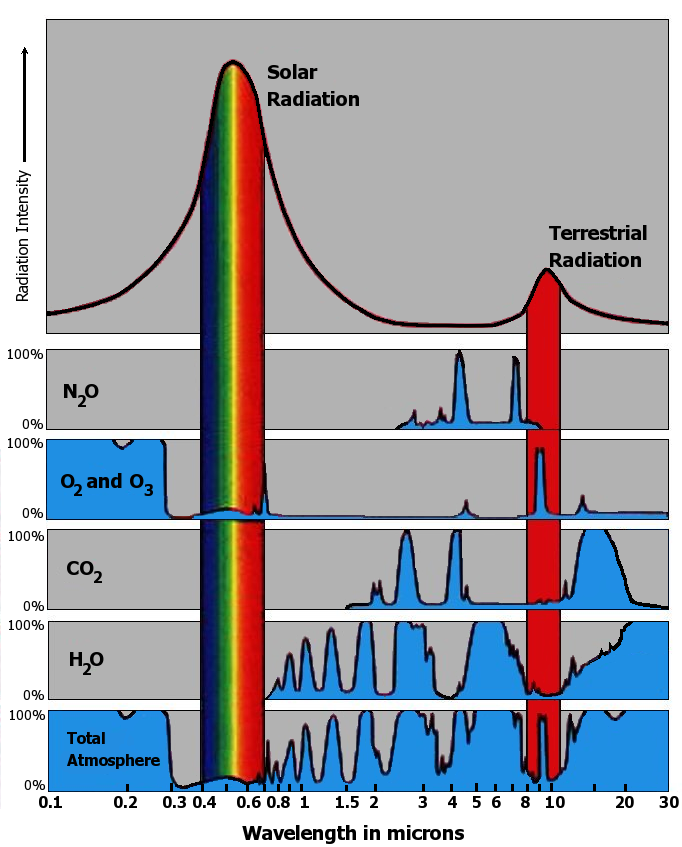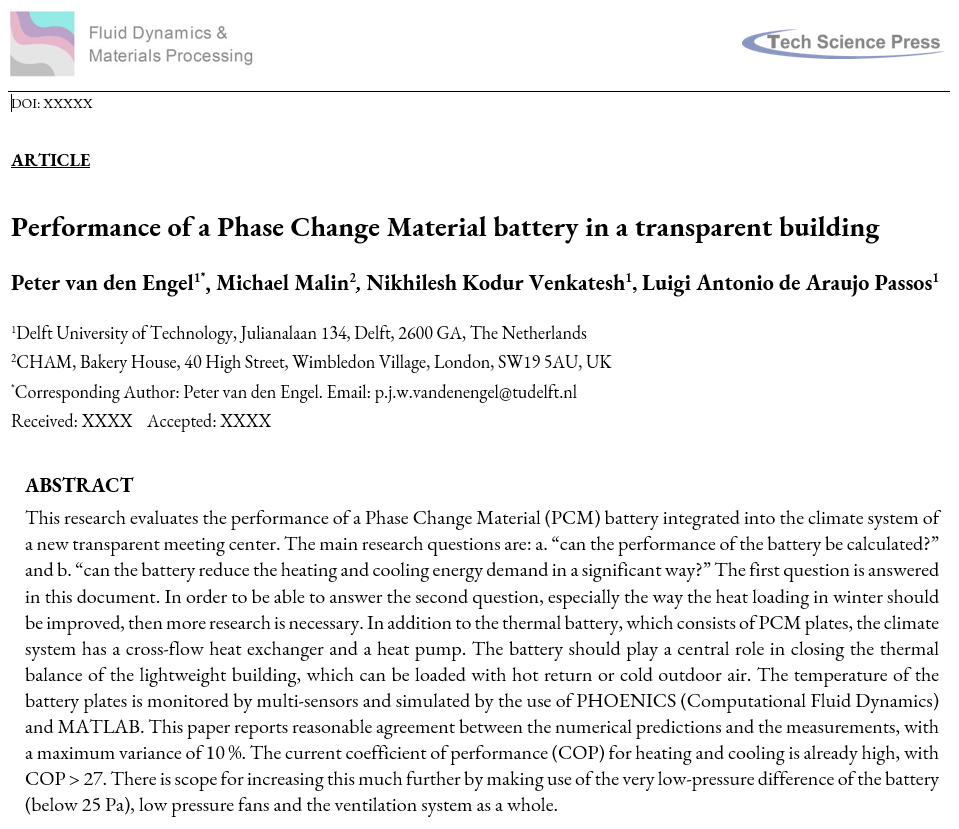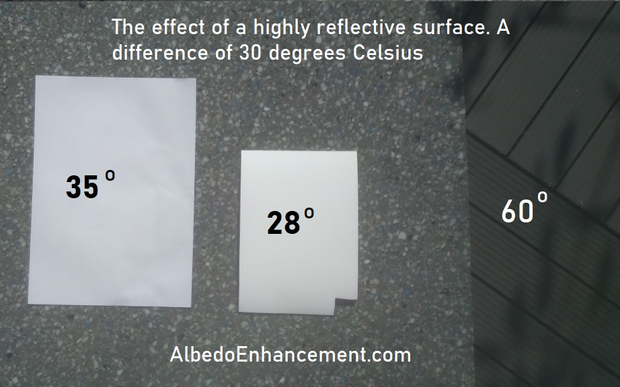Nederland wordt geplaagd door boeren met trekkers en andere voertuigen. Rechts zoekt naarstig naar een manier om de ontevredenheid op te blazen tot een democratie verwoestende volksopstand, maar eigenlijk is er niet zo veel aan de hand. Van rijkswege is er bepaald dat de totale stikstof depositie (een onhandige verzamelterm) een maximum heeft en boeren zijn voornamelijk door banken ertoe gebracht hun stikstof uitstoot te vergroten. Nu moet een aantal hun activiteiten staken, en in plaats van een mea culpa van oa de Rabobank wordt Nederland getrakteerd op ongekende boosheid en onbegrip.
Het is misschien niet gek dat je als je een groot deel van je leven in de fijnstof, nitraten en pesticiden doorbrengt je lontje wat korter wordt. Hersen \ontstekingen hebben dat effect, en het is aangetoond dat boeren die veel tijd in pesticide rijke omgevingen doorbrengen een grotere kans op Alzheimer hebben, dwz de hersens lijden er onder.
Neem je die laag van extra irritabiliteit even weg dan merk je dat er iig een groep is die NIET zal lijden onder welke maatregel dan ook : De banken. De Rabobank protesteert hevig tegen de stikstof plannen. Alle boeren moeten worden ‘uitgekocht’. Denk maar niet dat ze hier dan rijk van worden want een groot deel van dat geld gaat zitten in het aflossen van investeringen, dwz is bedoelt om de banken te vrijwaren.
Met Covid zijn veel ondernemers geholpen en dit maakte een belangrijk principe zichtbaar waar ik al jaren over schrijf, nl dat schulden geen betekenis hebben, maar alleen de beschikbaarheid van productiemiddel (met name fossiele energie) van het moment. Is dat productiemiddel er dan kunnen we geld aan mensen toewijzen, is dat er niet dan komt alles tot stilstand (zoals nu door de reductie van russische olie en gas op de markt). Het rijk kon dus geld uitdelen, de ondernemers konden kopen wat ze nodig hadden met dat geld en die dingen konden gemaakt worden met de fossiele energie die met dat geld gekocht kon worden.
Wat het bovenstaande illustreert is dat als een bank jou geld leent en jij geeft dat uit die schuld de bank niks kost. Je kunt die in principe vergeten. Dat gebeurt niet omdat de bank zijn macht wil houden over de geldhoeveelheid. Door terugbetaling te eisen zorgt de bank dat de geldhoeveelheid afneemt. Zolang de bank het lukt om de geldhoeveelheid in omloop schaars te houden moeten we steeds weer door een hoepel springen om geld van de bank lost te peuteren. De Rabobank laat dit principe niet los, ook al drijft het de boeren tot wanhoop en woede die wordt gericht op de politici die niet met de banken willen meewerken! We zien dus geen boeren terreur maar bank terreur.
Eigenlijk zie je dat rechts een soort Stalinistische tegenstelling wil creeren tussen de boeren en de stedelingen. Het FvD doet zijn oprui ding er nog eens overheen, die partij is er uitsluitend om onrust te stoken. De Telegraaf geeft het weer als een maatschappelijke omwenteling. Dit is allemaal angstzaaierij van een niveau waar de gemiddelde boer in zijn eentje nooit op zou komen.
“Een gouden toekomst voor extensieve boeren!”
(John Arink)
Natuurlijk zijn er aan de oplossingkant alleen opties waar banken blij van worden. Louise Vet stelt op NPO1 voor dat boeren gewassen gaan verbouwen met grotere economische waarde (meer cashflow voor banken) terwijl Louise Fresco haar lobbybaan voor de intensieve landbouw verlaat met de ongeveer boodschap “Wordt eten duurder wees blij, dan waardeer je het meer” (bordeline sadistisch, ze zegt in feite ‘arme mensen, krepeert!’). Kortom we hebben in onze kenniseconomie een aantal egogestreelde bank lakei hoogleraren waar we zo snel mogelijk van af moeten. Vrouwen die door het glazen plafond breken hebben er vaak een deel van hun ziel voor moeten inleveren.
Maar wat is dan de oplossing? Frido Kraanen die ook in gesprek is op NPO1 laat intussen een deel van de vaak door mij beschreven Roboeconomie in wording zien. Dat kan kennelijk op Texel. Texel is kennelijk relatief oninteressant als het om bancaire cashflow gaat, of te eigenzinnig (verstandig). De boeren daar zijn wat meer op zichzelf teruggeworpen en misschien mentaal gezonder aangezien ze niet tussen de megastallen en industrieele gebieden leven? Kraanen werkt aan samenwerking met ziekenhuizen, zodat deze hun voedsel van boeren op Texel betrekken, biologische ook nog, zodat de patienten die de groenten eten wat van het leven in de grond meekrijgen, iets wat om verschillende redenen erg goed voor ons is. Afgezien van de afgelopen 150 jaar in het westen waren mensen immers in vrijwel constant contact met de aarde.
Zo’n samenwerking tussen boer en ziekenhuis noem ik een ‘extraeconomische’ activiteit. Het staat namelijk buiten de economie, er hoeft in principe geen geld rond te gaan. Dat doet het wel natuurlijk maar in principe zou het ziekehuis ‘zorg vouchers’ kunnen betalen aan de boer, en de boer zou deze weer kunnen uitdelen om zijn kosten te betalen. De boer kan schulden vrij werken, als hij eigenaar is van zijn land. Daardoor kan hij de kosten zo berekenen dat iedereen er tevreden mee is. De kosten hoeven niet maximaal te zijn zoals een boer met flinke schulden zal willen. Natuurlijk is mijn voorstelling van zaken idealistisch, dat komt omdat ik zoek naar tekenen van de ideale situatie, niet de situatie waar bankiers van in extase raken. Ik pleit er al een tijd voor dat essentieele diensten zoals gezondheidszorg zich losmaken van de economie, en een extraeconomisch gaan functioneren. De economische matrix kan namelijk schadelijk zijn voor veel sociale diensten, omdat het goedkoper is deze niet uit te voeren dan wel!
De boze boeren met hun stikstof uitstoot en schulden zijn niet zo vrij als de boeren op Texel. Dat is het uiteindelijke probleem wat al deze ellende veroorzaakt. Deze boeren zitten in een economische matrix waarin ze hun dromen eigenlijk alleen kunnen waarmaken als ze allerlei dingen doen waar banken blij van worden, simpel gezegd de cashflow in het systeem helpen maximaliseren. Wat zou zo’n ‘trekkerterrorist’ doen als hij niet in een financieel spinneweb vastzat? Exact hetzelfde? Dat is onwaarschijnlijk.
Het zal nooit in ons rechts kabinet opkomen maar de oplossing is simpel : Laat de boeren failliet gaan. Stel persoonlijk vermogen vrij van de schuldbetalingen en/of geef ze een herstrart vergoeding. Laat ze een plan schrijven voor het biologisch bewerken van hun land, en als ze zo’n plan hebben geef ze dan het land voor een laag bedrag in gebruik. Dan heb je in een klap gezondere boeren, een bron van goedkoop voedsel voor Nederland en een reductie in stikstofdepositie. Het kan zeker zo zijn dat de boeren in kwestie niet geschikt zijn, aangezien ze zo goed functioneerde in in finacieele stalen maagd die voor hen was ontworpen. Misschien is er een andere boer die het land dan wil gebruiken volgens de nieuwe schuld en stikstof minimaliserende principes.
Nederland kan zich voeden zonder de hele chemische kermis er omheen. Met minder kunstmest kan het zeker volgens de Guardian. We gebruiken ook niet alle hulpbronnen die we hebben, wederom door de banken. Een goed voorbeeld is de ammoniak. Ik heb hier al vaak geschreven over ammoniak als brandstof, als waterstof drager. Over dat je het van de stallucht kunt filteren met speciale membranen en dan in brandstofcellen gebruiken. Maar je voelt hem al : Dat reduceert de cashflow van banken. Dat en ammoniak is een waterstof drager waar al een infrastructuur voor bestaat, dus het botst met de waterstof economie, waar banken de opmars van laag cashflow hernieuwbare energie mee willen vertragen. Ammoniak gebruiken in plaats van als afval zien maakt boeren zelfstandiger. Je kunt het bijvoorbeeld direct als brandstof in je tractor gebruiken!
Nu met door de oorlog in Oekraine veroorzaakte kunstmest tekorten komen boeren weer tot het besef dat je prima zelf kunstmest kunt maken van lucht en water en bv. wind energie. Maar vooralsnog verspillen we deze bron en injecteren we digistaat braaf in de grond alsof we er niks aan zouden kunnen hebben. Vroeger scheten de boeren op de eigen mestvaalt, want elk onsje mest was meegenomen!
We moeten naar een “use it or lose it” economie, met duurzaamheid als basis principe
Geef boeren hun land, zonder verstorende economische krachten die hen tot slaven van de agro-industrie maken. Stuur ze in de duurzame richting waar ze hun oorsprong vonden. Help ze de obstructie van banken tegen werkelijke kosten reductie en innovatie te overwinnen. Laat de banken het eigen risico dragen. Er komen nog genoeg uitdagingen, dus het motto moet zijn : In één keer goed!





